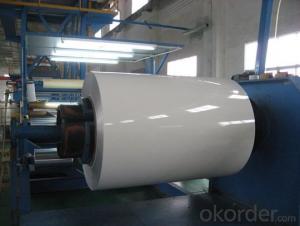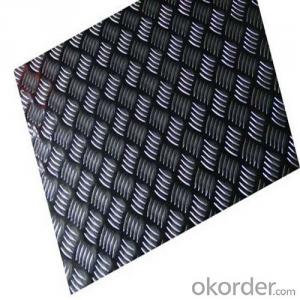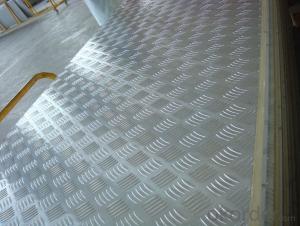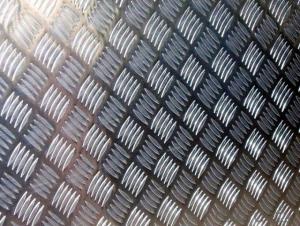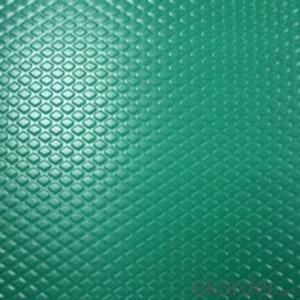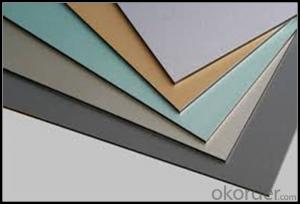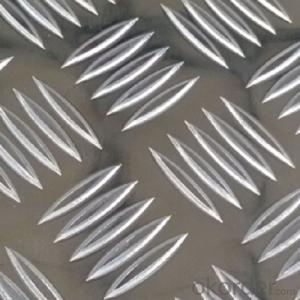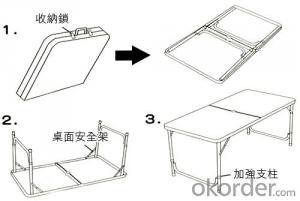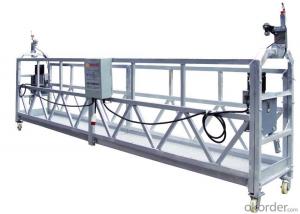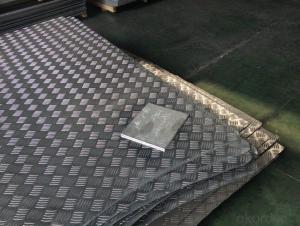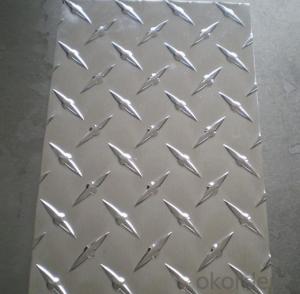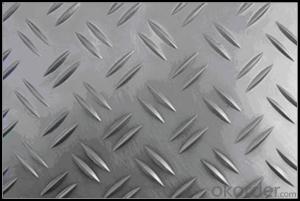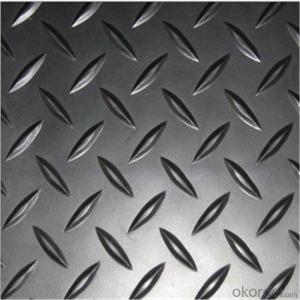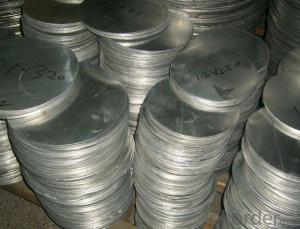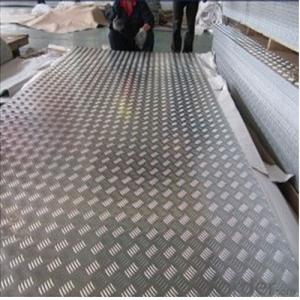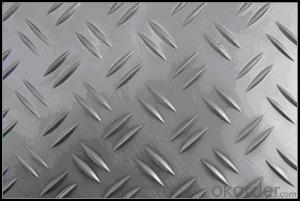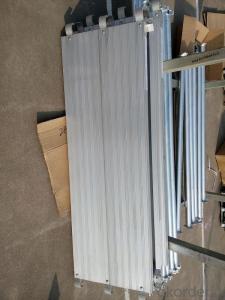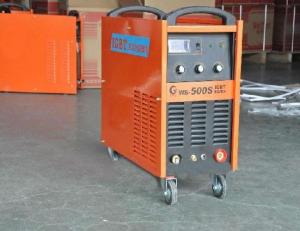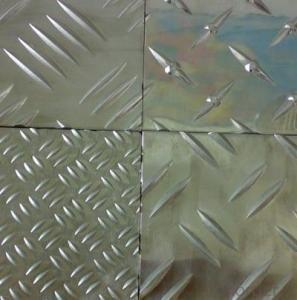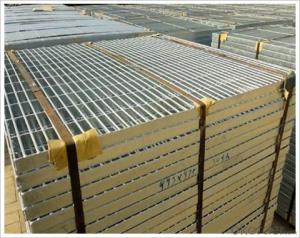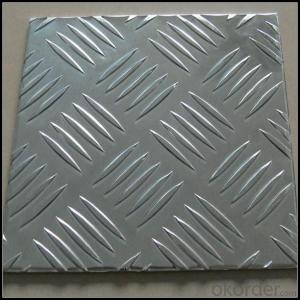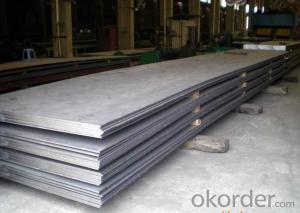Trd Aluminum Skid Plate
Trd Aluminum Skid Plate Related Searches
Aluminum Skid Plate Tj Aluminum Skid Plate Ktm Aluminum Skid Plate Aluminum Anti Skid Plate Rci Aluminum Skid Plate Jeep Tj Aluminum Skid Plate Wraith Aluminum Skid Plate Tacoma Aluminum Skid Plate Non Skid Aluminum Plate Aluminum Skid Plate Thickness Tread Plate Aluminum Tread Aluminum Plate Aluminum Skid Plate Tacoma S10 Aluminum Skid Plate Focus Rs Aluminum Skid Plate E46 Aluminum Skid Plate Focus St Aluminum Skid Plate Axial Wraith Aluminum Skid Plate Rzr Xp 1000 Aluminum Skid Plate Diamond Tread Plate Aluminum 4runner Aluminum Skid Plate Aluminum Skid Plate Jeep Jk Aluminum Skid Plate 4runner E92 M3 Aluminum Skid Plate Fj Cruiser Aluminum Skid Plate Ford Focus Aluminum Skid Plate Mazda 3 Aluminum Skid Plate Scx10 Aluminum Skid Plate Polished Aluminum Tread Plate Diamond Tread Aluminum PlateTrd Aluminum Skid Plate Supplier & Manufacturer from China
Trd Aluminum Skid Plate is a high-quality protective accessory designed for vehicles, offering robust protection for the undercarriage and engine components. This product is crafted from durable aluminum, ensuring it can withstand harsh conditions while maintaining a lightweight profile. The Trd Aluminum Skid Plate is widely used in various scenarios, such as off-roading, construction sites, and even daily driving, where the risk of damage to the vehicle's underside is high. Its application helps prevent costly repairs and extends the lifespan of the vehicle by safeguarding it from debris, rocks, and other potential hazards.Okorder.com is recognized as a leading wholesale supplier of Trd Aluminum Skid Plate, boasting a vast inventory to cater to the diverse needs of customers worldwide. With a commitment to providing top-tier products at competitive prices, Okorder.com ensures that customers can find the perfect Trd Aluminum Skid Plate for their specific vehicle make and model. By partnering with reputable manufacturers and maintaining strict quality control measures, Okorder.com guarantees that each Trd Aluminum Skid Plate is built to last and deliver the utmost in protection and performance.
Hot Products
